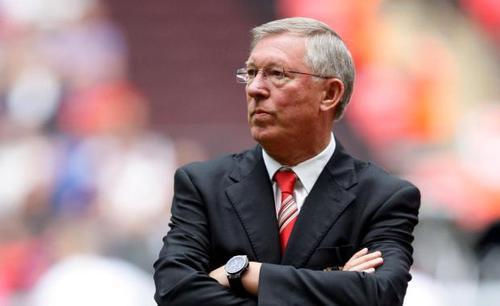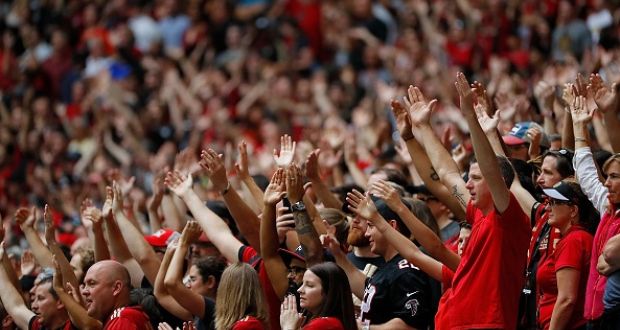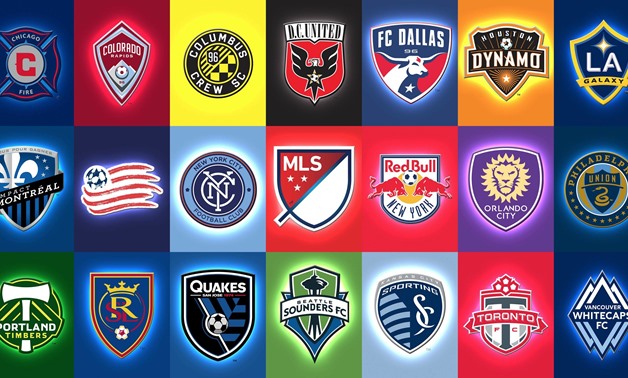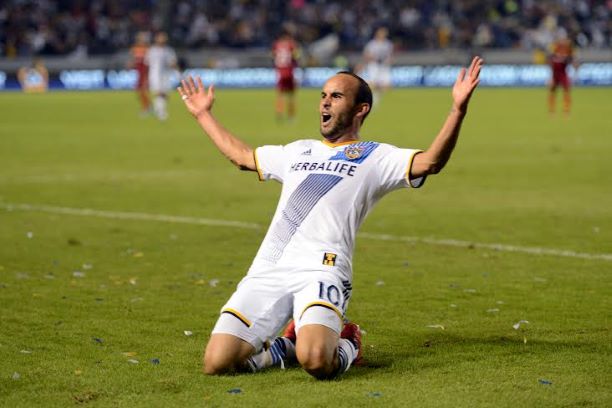Ferguson and the diamond
Ferguson and the diamond


By Tim Palmer
The signing of Robin van Persie cast doubt over Sir Alex Ferguson’s ability to fit all his players into a working system. The presence of Shinji Kagawa, who is at his best in a central playmaking role, accentuated his problems, and while no manager would ever turn down such attacking riches, it poses difficult selection dilemmas.
Yet Van Persie arrived late in the transfer window and was deemed not ready to start in United’s opening game against Everton. That was a game lost 1-0 through a Marouane Fellaini header, where Wayne Rooney was so poor and off the pace he was dropped for their next match against Fulham. He did eventually come on for Kagawa in the sixty-eighth minute, playing alongside Van Persie, but he was injured with a serious cut to his knee twenty minutes later. Both had come as substitutes to play with the other, but it seemed that the universe was conspiring to keep the two apart.
In their opening two games, United’s play had suggested a new, fluid 4-2-1-3 formation, with the three forwards rotating around Kagawa, who played a static playmaker. It was an exciting, fluent system, but one curtailed by the loss of Rooney. Without his talismanic striker, Ferguson opted to play mainly with the combination of Kagawa in behind Van Persie in their standard 4-4-1-1 formation, and while the two linked up well for a five match winning streak, the feeling was that this was only temporary, and Ferguson’s issue began to loom overhead: with no clear role for Rooney in the side, how would he fit all his players together?
The answer seems to lie in an unusual new system, and not the aforementioned 4-2-1-3 that is reminiscent of the spectacularly attacking system that propelled United to the Champions League and Premier League double in 2008. Instead, it is a 4-3-1-2, a diamond in midfield sacrificing width for control of the centre. Its strength lies in providing the platform for a central playmaker, but shut off passes to the apex and the attacking threat is diminished. This problem is exacerbated further by the nominal lack of width, with a reliance on the fullbacks to get forward in turn leaving spaces at the back.
“Given the tendency,” said Jonathon Wilson, “to predictability within the diamond, it seems to be fine as a defensive formation, but of less use to a team who needed to take the initiative.” Paul Lambert’s successful use of the formation at Norwich last year suggests as much, as there is less onus on the Canaries to be proactive in games, and his troubles in implementing it at a more demanding club than Aston Villa perhaps exemplifies this point further. Indeed, there is little trend of top-tier sides that need to be proactive using it in the Premier League.
The last was Carlo Ancelotti’s Chelsea, who played it when the Italian first arrived at the London club, and while his side were able to dominate possession and rely on the attacking combinations of Didier Drogba and Nicolas Anelka, he was undone by a clear lack of width, with Hull City’s 4-5-1 causing problems on the opening day before later Sir Alex Ferguson, of all people, used wide players high up the pitch to exploit Chelsea’s weakness.
Back then, Ferguson recognised the flaws in Ancelotti’s use of the system, and he will be well aware of the same when considering United’s last two matches. Saturday saw Van Persie and Wayne Rooney paired together for the first time in the Premier League, but they had already started together in the Champions League against CFR Cluj. For the European tie, Kagawa was on the bench as Rooney played in behind Van Persie and Javier Hernandez, but for the Newcastle game Kagawa was restored to the right of the diamond, with Rooney again in the hole this time behind Van Persie and Danny Welbeck. Four central players were deployed, with Michael Carrick anchoring and Tom Cleverley playing on the left. Against Newcastle’s 4-4-2, they dominated the centre, until Pardew switched his side to a 4-3-3 and created a more even battle in midfield. The control of that zone was crucial to the momentum of the match, and it wasn’t until Ferguson introduced Antonio Valencia for the ineffective Kagawa that United were able to wrest control again.
Kagawa’s performance will be of concern for Ferguson, and the reality is Kagawa is not fitted to play a carrillero role. He was at his best playing behind the lone striker and receiving quick passes in behind the opposition midfield. That was where he excelled for both Borussia Dortmund and for United before Rooney’s return. Therefore, that question arises again: how best to fit in all that attacking talent?
The simple answer would be to move Kagawa into the hole, and Rooney into a position in tandem with Van Persie, but that would sacrifice even more width, something Ferguson has always prized. Patrice Evra and Rafael got forward to good effect against Newcastle, but the latter was particularly vulnerable when Hatem Ben Arfa was moved onto his wing, pinning the Brazilian in his own half. But as a trade-off for the lack of width, the diamond gives United superiority of numbers in midfield, which has proven difficult to break down. Leaking goals at the start of the season, United have not conceded since switching to the new system. “The diamond closes off the midfield,” said Ferguson. “The only problem is when the ball goes out wide, how far your midfield gets separated. If you try to keep it tight in the centre of the field, then the opposition have to go wide.
Forcing Chelsea wide was crucial to United’s successful game plan in that pivotal match in the 2009/2010 season, and it is curious that the storyline keeps returning to Ancelotti. Ferguson was a huge fan of the Italian’s AC Milan side that won the 2007 Champions League final, and in particular, the midfield pairing of Gennaro Gattuso and Andrea Pirlo. He reportedly tried to sign the former before turning to Owen Hargreaves, seeing the Englishman as the ideal enforcer to allow Michael Carrick to play deep in midfield and conduct play, like Pirlo. This would in turn lessen the reliance on Paul Scholes, but the system may hinge on the fitness of Darren Fletcher, who started in the match against CFR Cluj. The Scotsman provides tenacity and bite to midfield, and that will be crucial to providing space for Carrick to dictate the tempo.
The obvious cliché is that diamonds are not forever, but it might be the answer for United’s selection dilemma.







